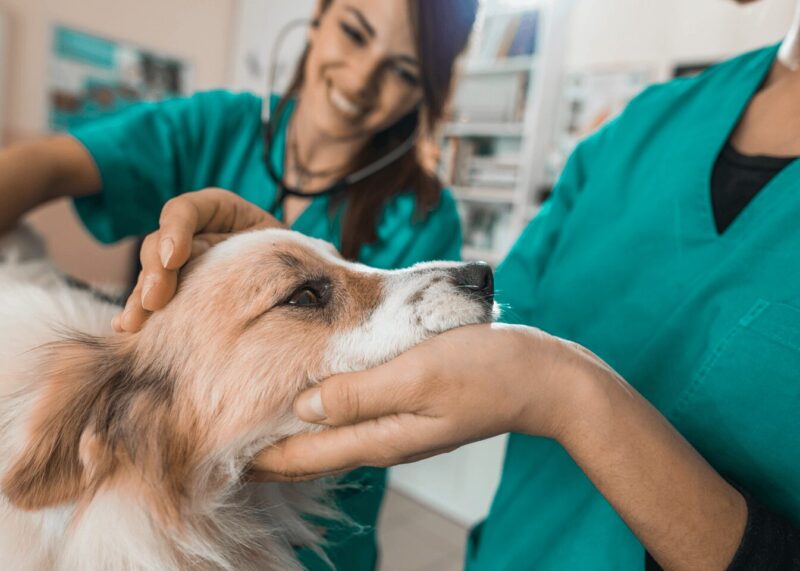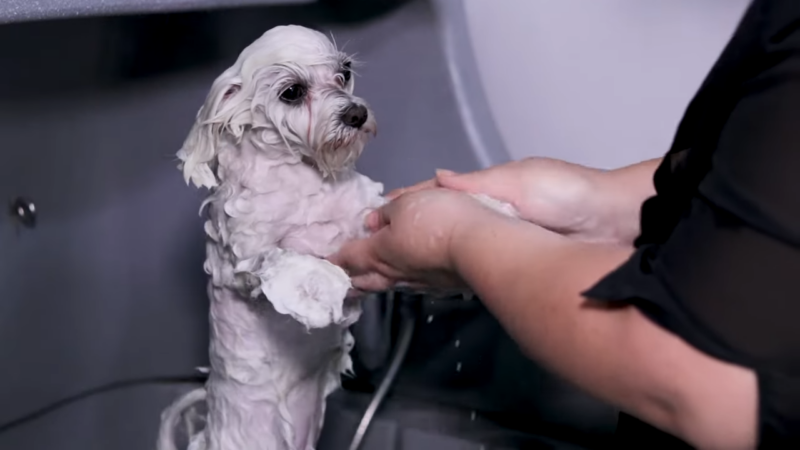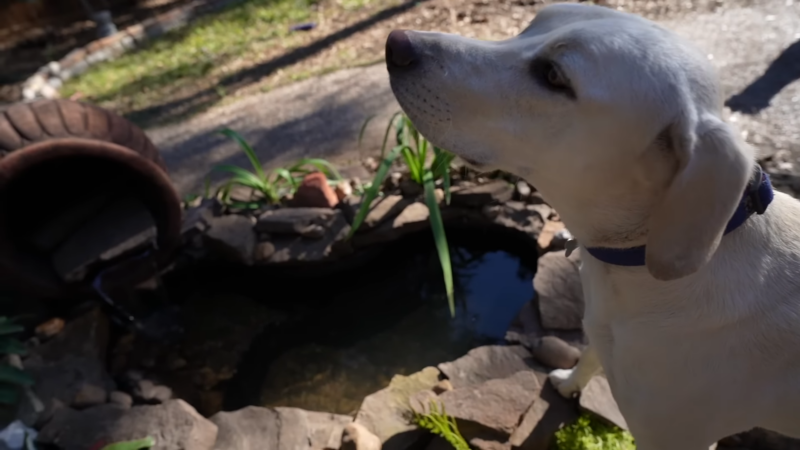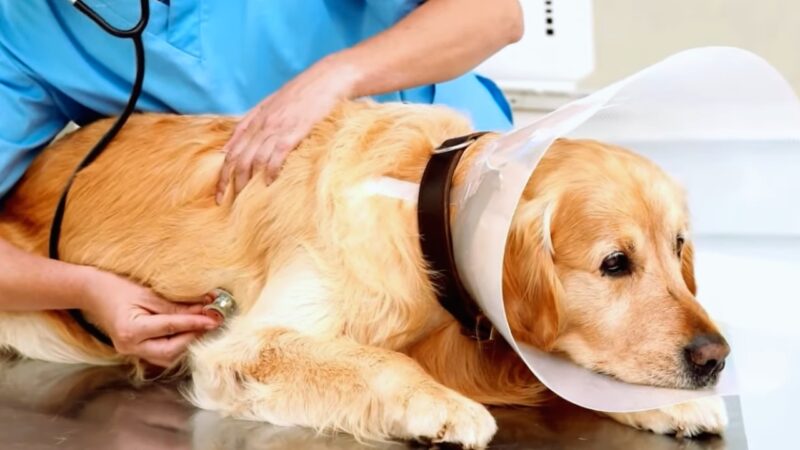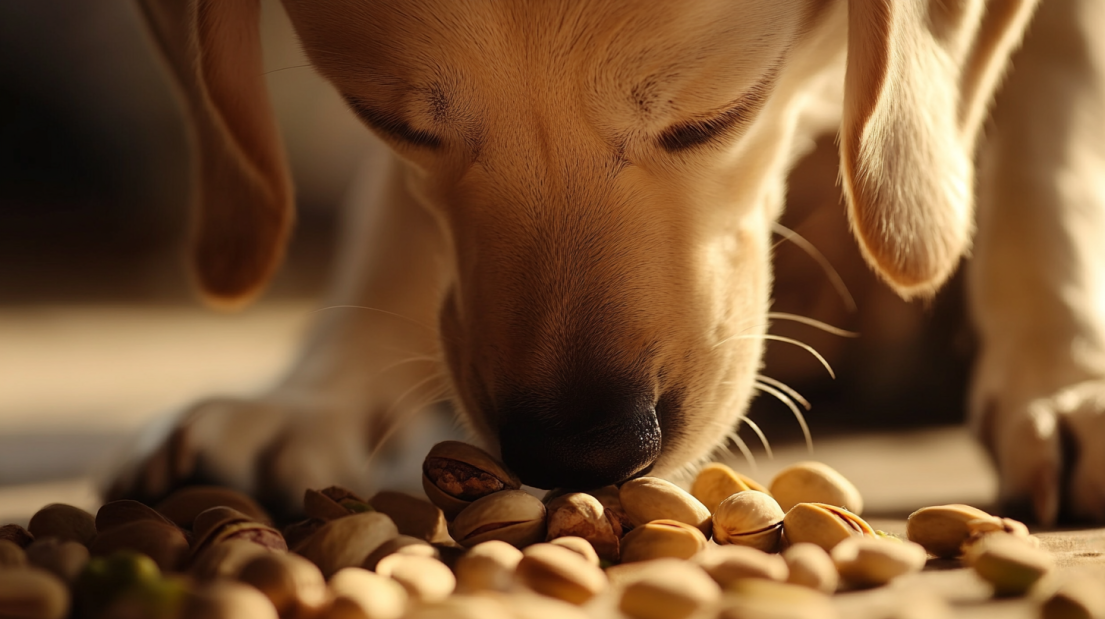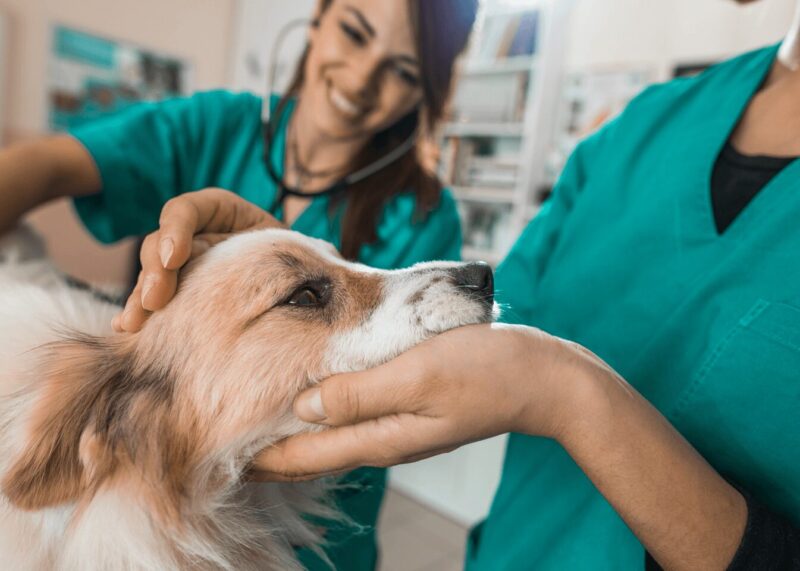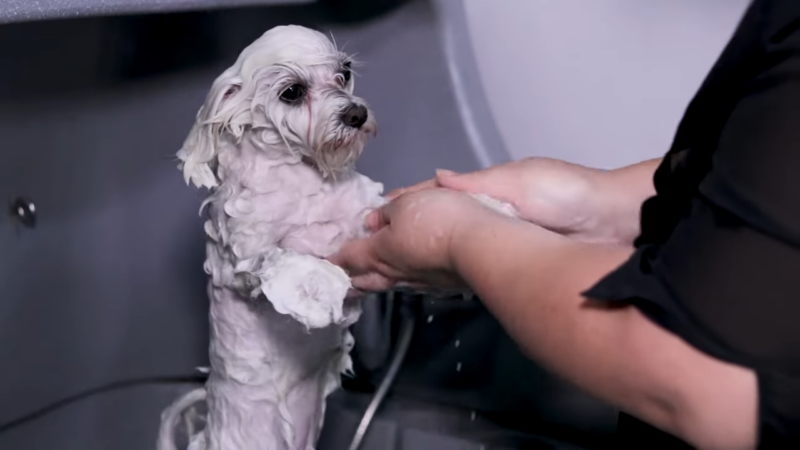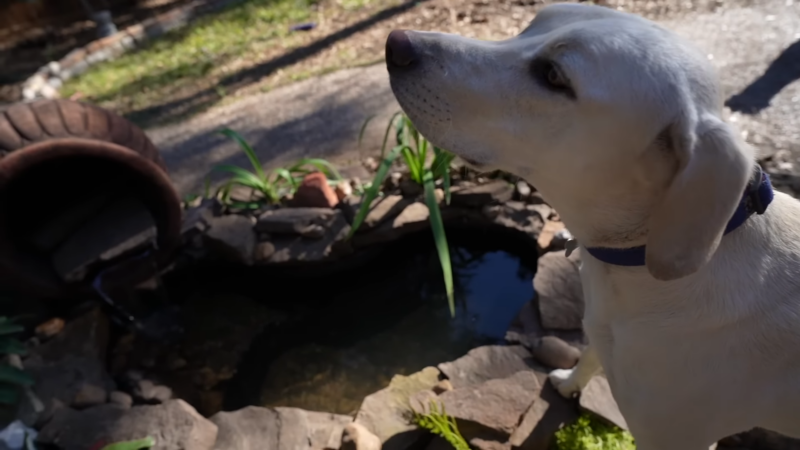
-
 Anita Kantar
Anita Kantar
- Published:
- Updated: March 14, 2024
- Category: Pets and children
Share Post:
Have you ever noticed the sheer joy on a child’s face when they’re playing with a furry friend? It turns out, those moments of giggles and tail wags are more than just cute—they’re building blocks for a child’s growth. I must admit that I believe my child would not be the same without our dog.
In this article, I will explain the impact of pets on children’s development.
Key Takeaways
What impact do pets have on children’s development?
Emotional development
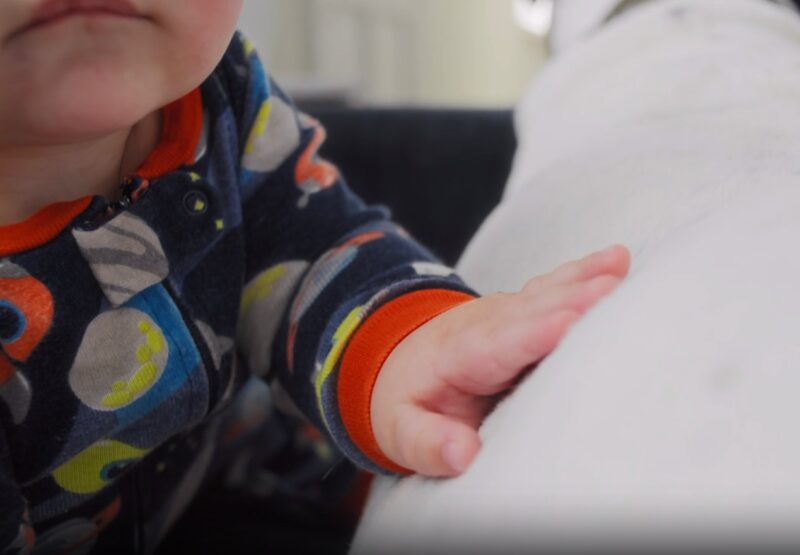
One of the primary benefits observed in children with pets is a marked improvement in emotional intelligence. Associate Professor Megan Mueller of Tufts University points out the specific role pets play in developing empathy, stating:
Engagement with pets provides children with invaluable lessons in recognizing emotions beyond their own perspective.
Also, the presence of pets in a household can significantly mitigate stress and anxiety levels in children. A study published in the Journal of Pediatric Psychology found a correlation between pet interactions and decreased levels of cortisol, a stress marker, in children.
Pets, with their unconditional love and acceptance, become the pillars upon which children build their self-esteem and confidence. They offer a shoulder to lean on, free from judgment, allowing children to express their emotions openly. Through these interactions, children learn empathy, understanding, and the importance of nurturing relationships, setting the stage for their future social interactions.
A study found that 75% of children had pets by age 7, and pet ownership was associated with decreased abnormal scores for emotional symptoms, peer problems, and enhanced social skills in children.
Social development
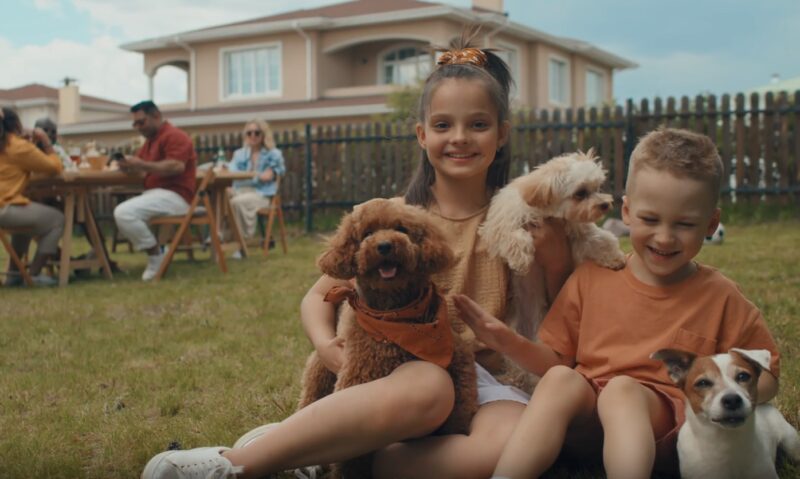
Pets act as a bridge to more profound interpersonal connections and understandings. Dr. Gail F. Melson, a professor emerita in the Department of Human Development and Family Studies, underscores the role of pets in expanding a child’s social horizon, observing that:
pets can act as social catalysts, encouraging interaction among children and between children and adults.
This interaction is especially important in early childhood development, where foundational social skills are established.
Also, the shared responsibility of caring for a pet within a family can develop a sense of teamwork and improve communication skills. This shared dynamic strengthens familial bonds and prepares children for collaborative activities outside the familial context.
Research from the American Academy of Child & Adolescent Psychiatry indicates that children with pets show more empathy and have better relationships with their friends compared to those without pets.
Pets also serve as a non-threatening audience for children practicing social interaction, providing a safe space for verbal expression and emotional exchange. This interaction is critical for children who may be shy or have difficulty engaging with other children. An analysis in Child Development journal revealed that children who regularly engage in care for pets are more likely to participate in social and community activities. This is clear evidence of the major impact pets have on developing social competencies.
Cognitive growth
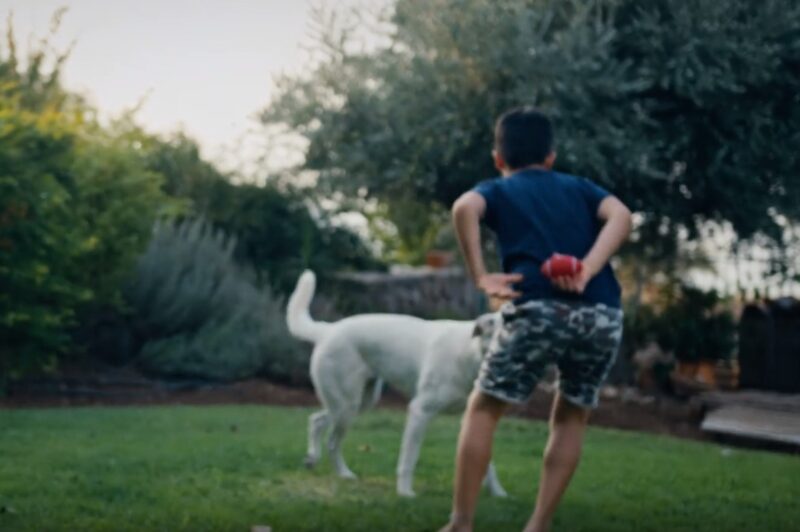
The impact of pets extends into the cognitive domain, where interactions with animals have been shown to increase curiosity and observational skills.
Professor Anne E. Beetz, a specialist in animal-assisted therapy, posits:
Pets provide an emotional anchor for children that can lead to enhanced attention and retention in learning activities.
In the field of language development, interactions with pets have been shown to encourage verbal communication. Children often engage in ‘conversations’ with their pets, a practice that enriches their vocabulary and strengthens their narrative skills.
The National Reading Panel confirms the significance of such interactions, saying that children who read aloud to pets demonstrate improved reading skills, as pets provide a judgment-free audience, reducing performance anxiety.
Also, the role of pets in enhancing children’s problem-solving skills and adaptability is crucial. A study in the Journal of Applied Developmental Psychology found that children with pets tend to have higher scores in cognitive, social, and motor development assessments. According to the study, this is because routine pet care responsibilities, such as feeding, grooming, and health monitoring, foster a sense of responsibility and critical thinking at a young age.
Physical health and activity
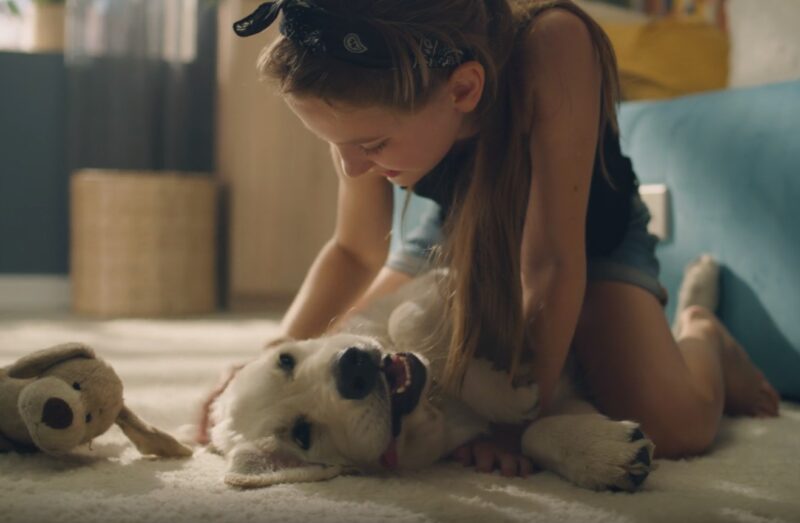
Taking part in regular outdoor activities with pets, particularly dogs, has been linked to improved physical health, including lower risks of obesity, enhanced cardiovascular health, and better overall fitness. The American Heart Association has drawn attention to the link between dog ownership and increased physical activity:
Children with dogs spend more time doing moderate to vigorous physical activity than those without dogs.
Also, active play related to pets helps the development of motor skills and physical coordination in children. Such activities boost the immediate physical well-being of the child and lay the foundation for a healthy lifestyle in adulthood. A longitudinal analysis published in the Pediatrics journal reports that children with pets are less likely to suffer from obesity due to the active lifestyle that pet care promotes.
Aside from the benefits of increased physical activity, pets also play a role in the psychological aspect of physical health. The companionship of pets has been shown to reduce stress levels in children, which, in turn, can mitigate the risk of stress-related physical ailments. The presence of a pet provides a unique form of emotional support that contributes to a child’s physical resilience.
FAQs
In Conclusion
The bond between a child and their pet is special. It’s filled with lessons, love, and laughter.
So, if you’re considering welcoming a pet to your family, remember the amazing benefits they bring to a child’s life. From emotional support to teaching responsibility and improving communication skills.
Related Posts:
- Teddy Bear Hamsters - Everything You Need to Know…
- Do Hamsters Hibernate - Everything You Need to Know About
- Panda Bear Hamsters - Everything You Need to Know…
- Busting Common Myths About Pet Behavior - Everything…
- Why Is My Dog Panting and Has Diarrhea? - What You…
- Don’t Trust That “Pet Expert” Online – Here’s Why…


